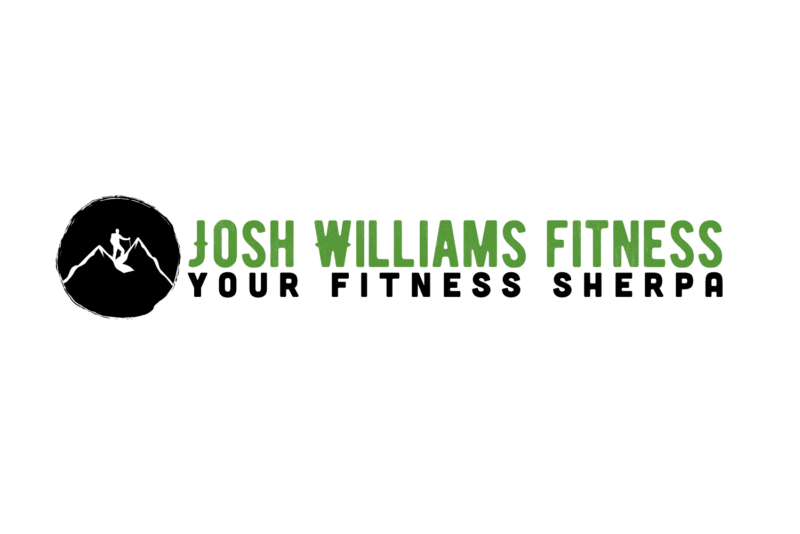 Last week I wrote an article about running. To my surprise it was the most popular article in my blog’s short history.
Last week I wrote an article about running. To my surprise it was the most popular article in my blog’s short history.
I received several emails, all positive, asking about how to make a strength training program for running. To paraphrase them they went something like this.
Josh,
I am an avid runner and over the years it has taken a toll on me, but I love to run and don’t want to stop. My hamstrings feel tight and occasionally my knees and hips bother me after runs. What kind of exercise will help?
P.S. Why are you so good looking?
From,
Paraphrased Emailers
The cliff notes from last weeks blog are, if you want to keep running for a long time then you need to take care of your body with a good strength program and some tissue work. If you run for weight loss then you should incorporate different kinds of exercise into your running routine if you want good long-term results. If you have not read it yet you can read it here.
Luckily for you I can answer the question, “What kind of exercise will help?” The second question, albeit made up, I cannot answer.
I did touch on what exercises can help in the last post, but today I will tell you, with the intent on teach you, how to make your own program to strengthen any weaknesses you may have.
Considerations When Programming
There are a lot of variables that come into play when making a personal program.
- Age of Runner
- Sex of Runner
- Injury History
- Job (sedentary or active)
- Do you run competitively (Marathons, Triathlon, Iron Man)
- How many months/weeks away is your running event
Runners are very quad dominant and often have weak glutes and hamstrings. Weak glutes and hamstrings can lead to what we call anterior pelvic tilt which is made worse with a job that involves long hours of sitting at a desk. Ultimately this will lead to tight hamstrings and will lead to lower back pain. By strengthening the glutes and rectus abdominals and adding some hip flexor mobility you can counteract the pull of the quads.

Lower Cross Syndrome
Also runners are known to have stronger adductors, which can lead to valgus knee tracking (Knees caving in), due to not having strong abductors to counteract the pull of the adductors.
The knee pain can be from poor tracking, over use, or not having strong hamstrings to help with the deceleration of the constant leg extension. Developing strong hamstrings will lead to happy knees.
Now, not all runners have these problems,, and this could be an over simplified look at a bigger problem, but I would feel safe in saying if you do not train often or correctly you will suffer from some of these.
Setting Up The Program
The goal of the program is to strengthen the hamstrings, glutes, and core muscles. Knee dominant movements (Step Ups and Walking Lunges) will be kept at a minimum, as well as heavy striking of the feet (Plyometrics and Jump Rope), as a runner you get plenty of quad and knee action and you don’t need any more heavy pounding on your joints.
Running is a unilateral event (using one leg). What this means is that you will want to mix in a variety of unilateral leg exercises such as: Reverse Lunges, Single Leg Squats, and Sled Pushes.
If you are a competitive runner then you do not want to put on a bunch of muscle mass, this could slow your time. That is why I like to use a combination of strength and hypertrophy in the same program, so as not to over develop one attribute. I accomplish this by manipulating the sets and reps.
The sets and reps will look something like this.
Strength: Sets 3-5 Reps 3-6
Hypertrophy: Sets 2-4 Reps 10-15
Very often I will do 3 sets of 5 reps and then 2 sets of 12. Looking like this 3×5/2×12
The Program
Day 1
A. Barbell Back Squat: 3×5/2×10
B1. Dumbbell Lateral Lunge: 3×10/side
B2. Push Ups: 3×12
C1. Hamstring Ball Tucks: 3×15
C2 DB Bent Over Row: 3×12
D1. Ball Rollout: 3×12
D2 Pallof Press: 3×10/side
Day 2
A1. Trap Bar Deadlift: 3×6/2×10
A2. Chin Up: 4×6
B1. Reverse Hyperextensions: 3×15
B2. DB Bench Press: 3×12
C1. Lateral Band Walk: 3×15.side
C2 Reverse Crunch: 3×15
D. DB Farmers Carries: 4x30yds
Day 3
A. Front Grip Barbell Reverse Lunge: 2×6/2×8
B1. Banded Glute Bridge: 3×12
B2. Standing DB Shoulder Press: 3×10
C1. Sled Push: 3x30yds
C2. Chest Supported Row: 3×12
D1 Front Plank: 3x30sec
D2 Side Plank: 3x30sec/side
Putting It All Together
The program outlined above should be used as a guide only. Make modifications to it to fit your needs. Will you get results if you follow this program?, yes, but they will not be optimal, for this program was designed for a specific person and for their specific needs.
If you have any questions feel free to ask.
Much Love
Josh Williams
P.S.
Two spots have opened up for my online coaching. If you are interested there are two ways to get started 1. Click HERE and fill out the form 2. Shoot me an email HERE with Online Coaching Inquiry in the subject line, and send me a short paragraph telling me about you and what you’re looking for.










Pingback: Part I The Runners Dilemma: Feeling Great and Losing Weight - Williams Performance